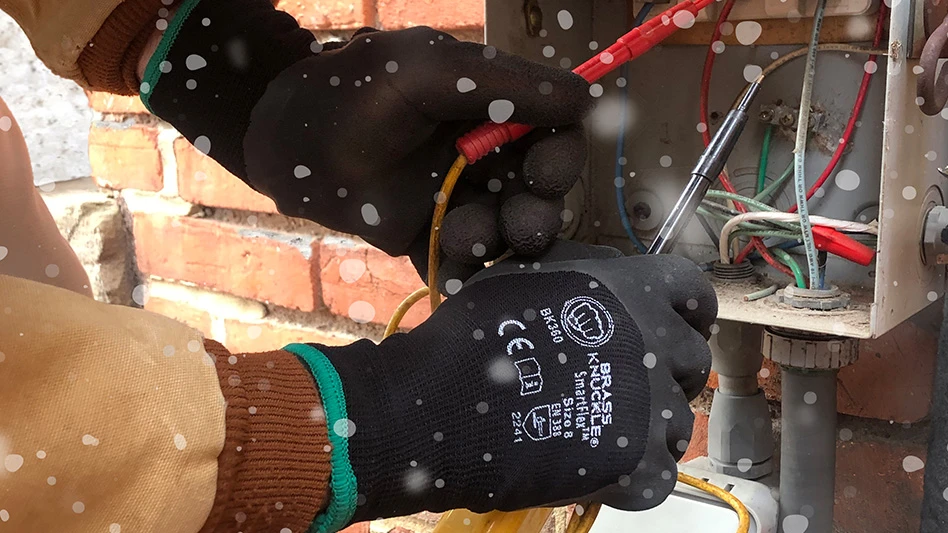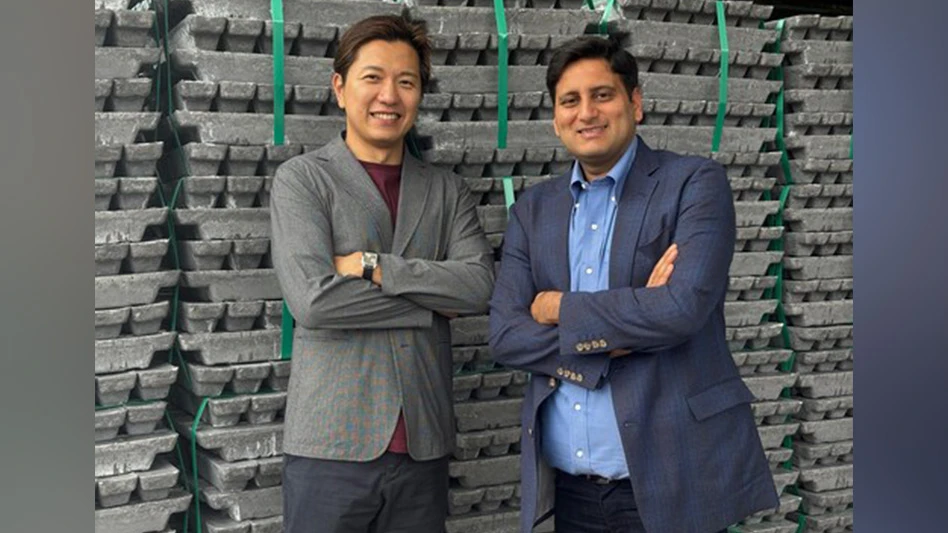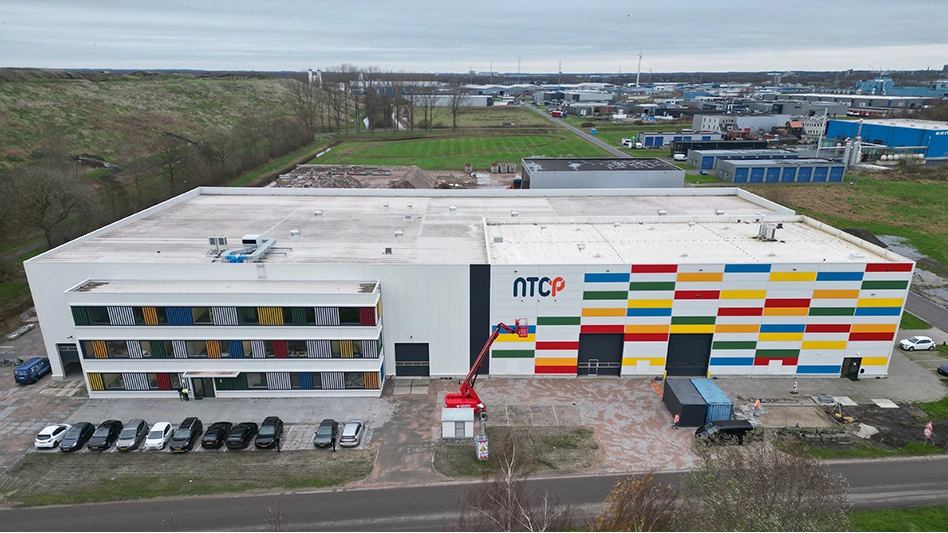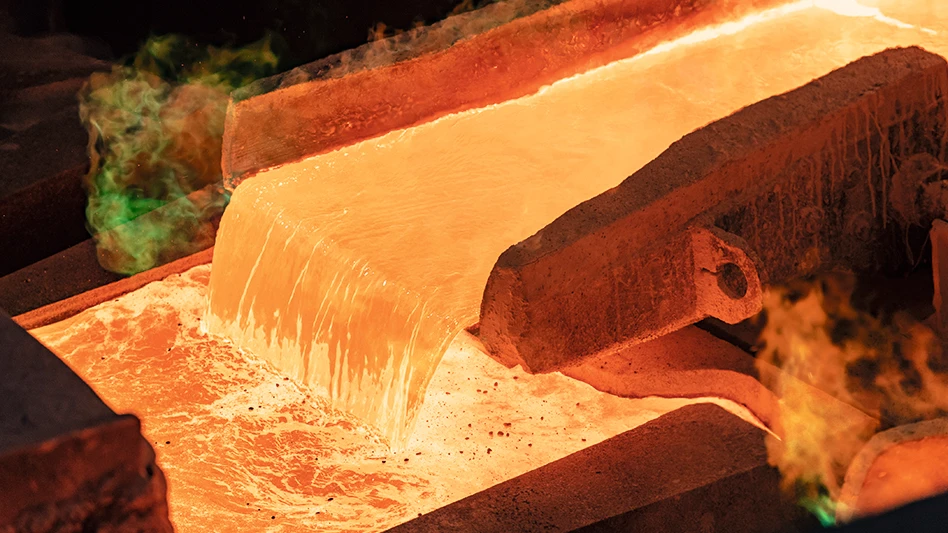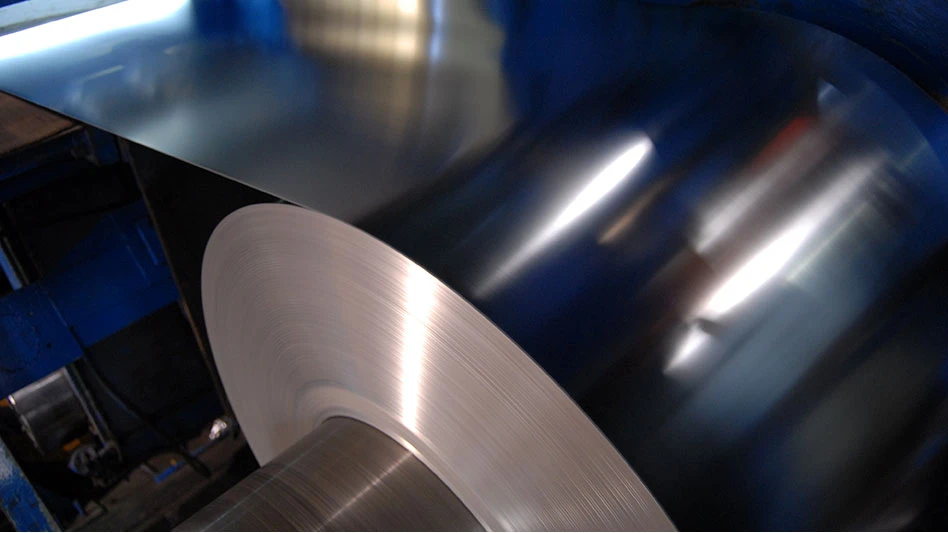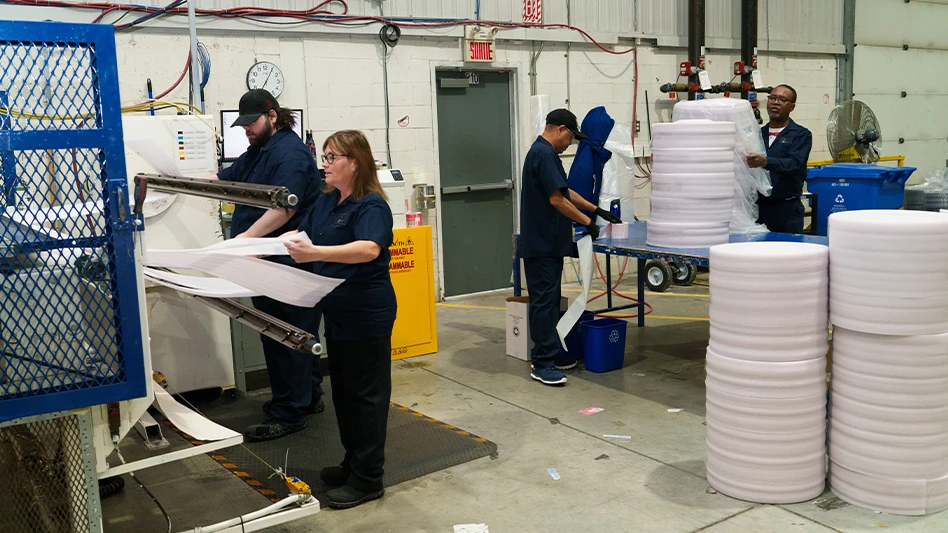The secure information destruction industry continues to thrive as more businesses ensure their documents containing personal and private information are disposed of securely. As mobile destruction service providers handle growing volumes of material, they may consider adding a plant-based shredder to their mobile operations.
SELECTING A SHREDDERThe main reason a document destruction firm should consider adding a plant-based operation is because it offers economies of scale, according to Chris Hawn, director of business development, Vecoplan LLC, High Point, N.C. Processing capacities are significantly less for mobile shredders vs. plant-based shredder installations, he says. "Your costs to operate a truck are much more per pound than they would be if you invested in a decent-sized plant-based shredder," Hawn says.
"The advantage of a plant-based shredder is you can process higher volumes of paper than [with] a mobile shredder, and you have more control over recycling the paper," says Robert Wagner, acting director of marketing for Allegheny Paper Shredders, Delmont, Pa. With plant-based shredding operations, secure destruction firms can bring material back to their facilities, where they can sort it by grade before shredding and baling the material and selling it to paper mills or brokers. Over time, the revenue generated by the higher grade material can actually pay for the additional cost of buying a plant-based shredder, Wagner adds.
Another advantage of a plant-based shredding operation is that collection trucks are four to five times less expensive than mobile shredding trucks, says Paul Swenson founder and CEO of secure destruction services provider Citadel Information Management in Westmont, Ill. "So if you’re weighing between buying another truck vs. opening a plant-based operation, you need to look at that," Swenson says.
After deciding to start a plant-based shredding operation, professionals should then select a cost-effective machine that allows room for growth, says Joe Roberto, sales manager for Shred-Tech, Cambridge, Ontario.
When looking at in-plant shredders, secure information destruction firms should also keep in mind the demands of the customers they serve. "They should take into consideration the kind of business they are intending to procure and what their customer base requires," says Jeff Dietterich, president of Advanced Equipment Sales (AES), Franconia, Pa.
Wagner also suggests looking for a manufacturer that is reputable and offers equipment that can withstand the day-in, day-out abuse of shredding. "Shredding paper is a muscle job and takes equipment that is able to handle your volume and that doesn’t require a lot of downtime," Wagner says.
Vikki Van Dam, inside sales and marketing manager for Weima America, Fort Mill, S.C., suggests purchasing a single-shaft shredder for paper documents, CDs, tapes, microfilm, X-ray film and/or merchandise because it allows users easy access to the screen, which can be changed depending on the customer’s required particle size.
If secure destruction firms have a specific product or electronic media to process, they also will have to consider the potential downstream markets for the processed material, Dietterich says. "The destination of the material, whether it’s the landfill or a secondary market, factors into an operator’s selection of shredding equipment," he adds.
Citadel started off as a mobile shredding operation nearly 20 years ago and throughout the years has grown into a primarily plant-based operation. Citadel currently operates a 200-horsepower straight-cut shredder that produces a particle size of 5/8 inches and can handle 10 tons of paper per hour at maximum capacity.
With the growth in electronic media and product destruction, professionals may want to consider choosing a shredder that can handle a variety of material. Hawn’s advice to secure information destruction firms is to strongly consider the future potential of their businesses when shopping for a plant-based shredder.
Swenson says Citadel’s shredder can handle product destruction jobs as well as document destruction. However, he says the ideal plant-based operation would include a strip-type shredder for paper and a second shredder for product destruction. "This way you can have a backup system so when people come in and witness destruction you don’t have to worry about your equipment going down," Swenson says.
SELECTING A LOCATIONJust as when purchasing a house, the value of a firm’s shredding plant is largely based on where it is located. "Being as central as possible to a route or the area you service is first and foremost when looking for a facility location," Hawn says.
Dietterich says, "You want the facility to be convenient, close and efficient to service you customer base." He adds that many of his clients are taking advantage of opportunities such as grants and tax incentives when it comes to determining the location of their facilities.
Before purchasing a building, a secure destruction professional should inspect the structure to make sure it fits his or her company’s needs in regard to square footage and storage space for bales and containers. "Make sure there is enough space for the shredder and associated equipment, the staged materials to be shredded and the shredded and baled materials," Dietterich says.
Wagner adds, while looking for a building, professionals should also consider how they want material to flow through the facility to avoid handling the material twice. "You don’t want to run it to one side of the facility, shred it, then end up taking the bale and running it all the way back to the other side," Wagner says. "You want to be as efficient as possible."
When looking for a location, professionals should also ensure it offers room for expansion. "Most people get in and outgrow their facilities in two years," Wagner says. "Operators are only limiting themselves by purchasing space they will have to move out of in a couple of years."
CONSIDERING THE TRENDSThroughout the years, manufacturers have adjusted the designs of their shredders to facilitate use and maintenance. But many manufacturers say the industry’s need for versatility also factors into shredder design.
"It’s not just about paper destruction anymore, but also other forms of media, including media tapes, hard drives, printers, cell phones, etc.," Hawn says. As more secure destruction firms expand their operations to include electronic media destruction, they should try to find a shredder that can pull double-duty, Hawn adds.
"There is a small amount of material that requires other shredder technology, but when you’re looking for technology that is able to do most materials, it is the single-shaft grinder," Hawn says.
Wagner says that as more customers of secure destruction firms want multi-media material destroyed, shredder operators should look into purchasing a versatile machine, such as a rotary grinder. The flexibility of such a shredder enables professionals to offer more service options to their current and future customers, Wagner adds.
But Bill Breckenridge, president of Data Security Technology, Glen Allen, Pa., cautions that some electronic destruction may require a separate shredder. "Tapes and CDs can go through a typical shredder with no problem, but when you have hard drives as your infeed, they are going to be tough on the cutter and the bearings," he says.
Breckenridge says electronic media destruction hinges on the level of security customers require, which is why many information destruction firms subcontract this work to an electronic recycling company.
Van Dam suggests that operators should not use one shredder to handle the destruction of computer hard drives and paper. However, instead of subcontracting with electronics recyclers as Breckenridge advises, she suggests purchasing a single-shaft shredder for paper and adding a four-shaft shredder for handling large volumes of hard drives.
"The most important reason is that when you shred paper you create a lot of dust," Van Dam says. When processing hard drives in the same shredder as paper documents, "there is a possibility of sparks being created by the shredding process that may ignite the dust particles and cause a fire. The safest way to prevent this is to separate these two processes," Van Dam adds.
The author is assistant editor of S
ecure Destruction Business magazine and can be contacted at kmorris@gie.net.
Explore the March 2008 Issue
Check out more from this issue and find your next story to read.
Latest from Recycling Today
- Nucor names new president
- DOE rare earths funding is open to recyclers
- Design for Recycling Resolution introduced
- PetStar PET recycling plant expands
- Iron Bull addresses scrap handling needs with custom hoppers
- REgroup, CP Group to build advanced MRF in Nova Scotia
- Oregon county expands options for hard-to-recycling items
- Flexible plastic packaging initiative launches in Canada
